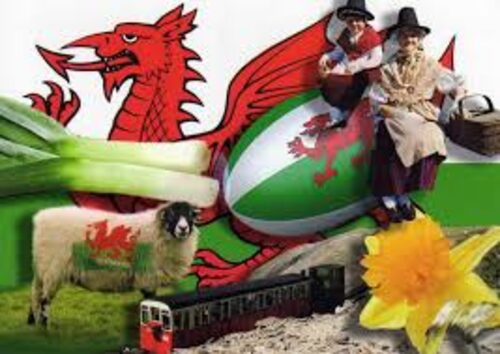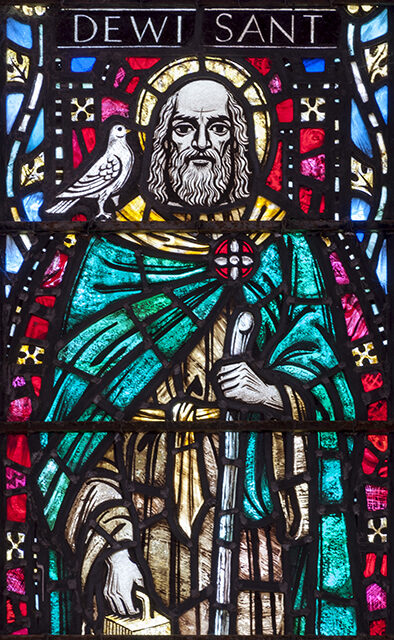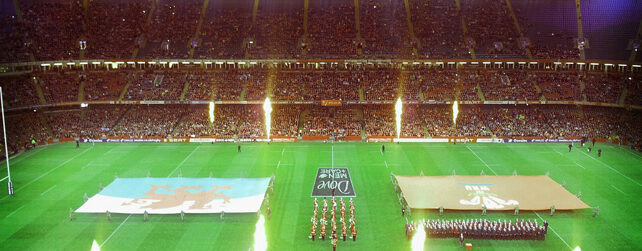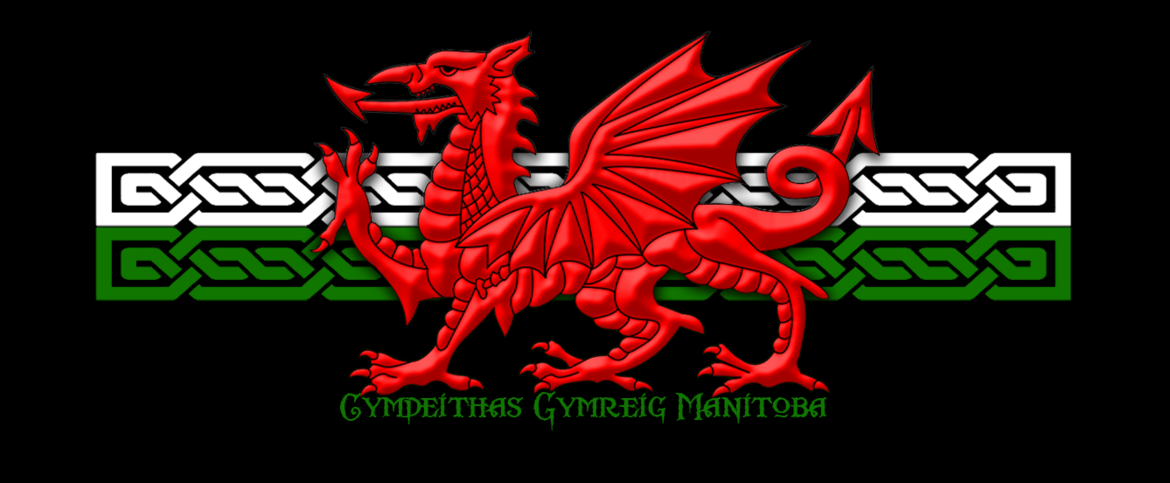CULTURE



About Wales
Population: 3,133,150
Population Density: 150.1 people per km2
Size: 20,782km2 or 8,024m2
Coastal Path: 1400km or 870 miles
Capital City: Cardiff, population 361,468
Other major towns/cities: Swansea, Newport, Wrexham, Merthyr Tydfil
Official languages: English, Welsh
Government: Welsh Government
First Minister of Wales: Mark Drakeford AM
National Day: 1st March (St Davids Day)
National Anthem:
Hen Wlad fy Nhadau / Land of my fathers
Currency: Pounds sterling (£)

Dydd Gŵyl Dewi
Saint David's Day
The feast day of Saint David, the patron saint of Wales falls on 1 March, the date of Saint David's death in 589 AD. The feast has been regularly celebrated since the canonisation of David in the 12th century, although it is not a national holiday in the United Kingdom.
Traditional festivities include wearing daffodils and leeks, recognised symbols of Wales and Saint David respectively, eating traditional Welsh food including cawl and Welsh rarebit, and women wearing traditional Welsh dress.
An increasing number of cities and towns across Wales including Cardiff, Swansea and Aberystwyth also put on parades throughout the day.

Visit St. David's
NATIONAL EISTEDDFOD
Held during the first week of August every year, the National Eisteddfod is a celebration of the culture and language in Wales.
The festival travels from place to place, alternating between north and south Wales, attracting around 150,000 visitors and over 250 tradestands and stalls.
The history of the Eisteddfod in Wales can be traced back to 1176, with the modern history of the organisation dating back to 1861. The festival has been held every year, other than 1914, when the outbreak of the First World War saw it postponed for a year.
Traditionally a competition-based festival, attracting over 6,000 competitors every year, the festival has developed and evolved over recent years, and whilst the competitions form the central focus for the week, the Maes (site) itself has grown and developed into a vibrant festival with hundreds of events and activities for the whole family.
The Eisteddfod is the natural showcase for music, dance, visual arts, literature, original performances and much more. Encompassing all aspects of the arts and culture in Wales, it is an inclusive and welcoming festival, which attracts thousands of Welsh learners and those who do not speak the language as well as Welsh speakers every year. Translation services are available in the Pavilion and bilingual information is available. We also have a centre for learning Welsh on the Maes.
Described as Wales’ leading mobile regeneration project, Eisteddfod week is the highlight of a two year community project, bringing together people of all ages and backgrounds from a different part of Wales every year.
With a mix of outreach work, lifelong learning and volunteering opportunities, the community project steers the preparations for the festival, giving local people a chance to make their mark on our national festival.
Most of Wales’ leading writers, musicians and poets have competed at the Eisteddfod, with many performers appearing on a national stage for the first time during the festival.
Conwy County National Eisteddfod (2 - 10 August 2019)
Information: 0845 4090 900 / gwyb@eisteddfod.org.uk
RUGBY IN WALES

Rugby union in Wales is the national sport and is considered a large part of national culture. Rugby union is thought to have reached Wales in the 1850s, with the national body, the Welsh Rugby Union (WRU) being formed in 1881.
The national team play at the WRU-owned Principality Stadium, and compete annually in the Six Nations Championship, as well as having competed at every Rugby World Cup. Wales are ranked as a tier-1 nation by World Rugby (WR). Wales also competes as one of the 15 "core teams" in the annual World Rugby Sevens Series, and won the 2009 Rugby World Cup Sevens.
LLANFAIRPWLLGWYNGYLLGOGERYCHWYRNDROBWLLLLANTYSILIOGOGOGOCH
Llan-vire-pooll-guin-gill-go-ger-u-queern-drob-ooll-llandus-ilio-gogo-goch
Usually known as Llanfair-pwll or Llanfairpwllgwyngyll, a Welsh word which translates roughly as "St Mary's Church in the Hollow of the White Hazel near a Rapid Whirlpool and the Church of St. Tysilio near the Red Cave".
The name was coined as a publicity gimmick in the 1860s by concatenating the names of Llanfairpwllgwyngyll ("St Mary's church in the hollow of the white hazel"), the nearby hamlet of Llantysilio Gogogoch ("the church of St Tysilio of the red cave"), and the chwyrn drobwll ("rapid whirlpool") between them. It was the longest place name in an English-speaking country, but has been challenged by Llanfynydd (which unofficially changed its name to something longer) and a train stop elsewhere in Wales, but neither of these has received official recognition.


